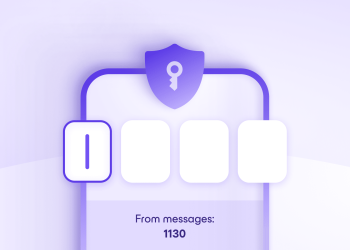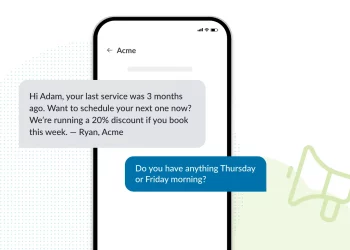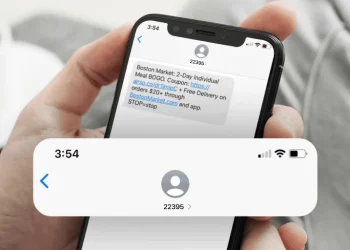In the modern era of communication, mobile texting has become an integral part of our daily lives. From quick exchanges of information to heartfelt conversations, the realm of mobile texting offers a variety of formats that cater to different needs and preferences. Let’s dive into messaging and explore six common types of mobile texting that make communication easy, efficient, and enjoyable.
1. Short Message Service (SMS): The Classic Texting
SMS, or Short Message Service, is the quintessential form of mobile texting. It involves sending concise text messages using cellular networks from one device to another. SMS messages are typically limited to a specific character count (usually 160 characters) and are widely used for quick and direct communication. SMS remains a steadfast and reliable messaging method whether confirming appointments, sharing contact information, or sending brief updates.
2. Multimedia Messaging Service (MMS): Beyond Words
While SMS is limited to text, Multimedia Messaging Service (MMS) takes messaging to a new level by incorporating multimedia elements. With MMS, users can send and receive text, images, videos, audio files, and even contact cards. This type of messaging adds depth and context to conversations, allowing users to share visual information and express themselves more creatively.
3. Group Messaging: Uniting Conversations
Group messaging brings the power of conversation to multiple participants simultaneously. Whether planning an event, discussing project updates, or simply catching up with friends, group messaging facilitates seamless communication among selected individuals. This texting fosters collaboration, coordination, and real-time interactions among team members or social circles.
4. Chat Apps: Real-Time Interaction
Chat applications, often messaging apps, have gained immense popularity for their real-time communication features. These apps enable users to engage in text-based conversations, create groups, share media, and even make voice or video calls. Platforms like WhatsApp, Telegram, and Facebook Messenger fall into this category, offering a range of features that enhance messaging experiences.
5. Social Media Messaging: Connecting Beyond Boundaries
Social media platforms have extended beyond posts and comments to include messaging features. Social media messaging allows users to interact with their connections through private messages within the platform. This type of messaging lets individuals connect, share content, and engage in conversations without leaving the social media environment.
6. Business Messaging: Bridging Brands and Customers
Businesses have also embraced the power of mobile texting for customer engagement. Business messaging includes transactional messages, order updates, appointment reminders, and customer support interactions. This type of messaging enhances customer experiences, streamlines communication, and serves as a bridge between brands and their clientele.
Embracing the Diversity of Mobile Texting
Mobile texting offers diverse options that cater to different communication needs in a world driven by connectivity. Whether it’s the concise nature of SMS, the multimedia elements of MMS, or the real-time interactions of chat apps, each type of messaging serves a unique purpose in our digitally connected lives. From personal connections to professional engagements, the versatility of mobile texting ensures that communication remains efficient, engaging, and relevant in a rapidly evolving landscape.
The mobile messaging world is a dynamic tapestry woven from various threads, each representing a distinct form of communication. As technology advances, these types of messaging evolve, incorporating new features and functionalities that cater to changing preferences. From the concise efficiency of SMS to the immersive nature of multimedia in MMS, the versatility of mobile messaging ensures that communication remains adaptable, engaging, and relevant across different contexts and communities.
Get the best text message offers today.














